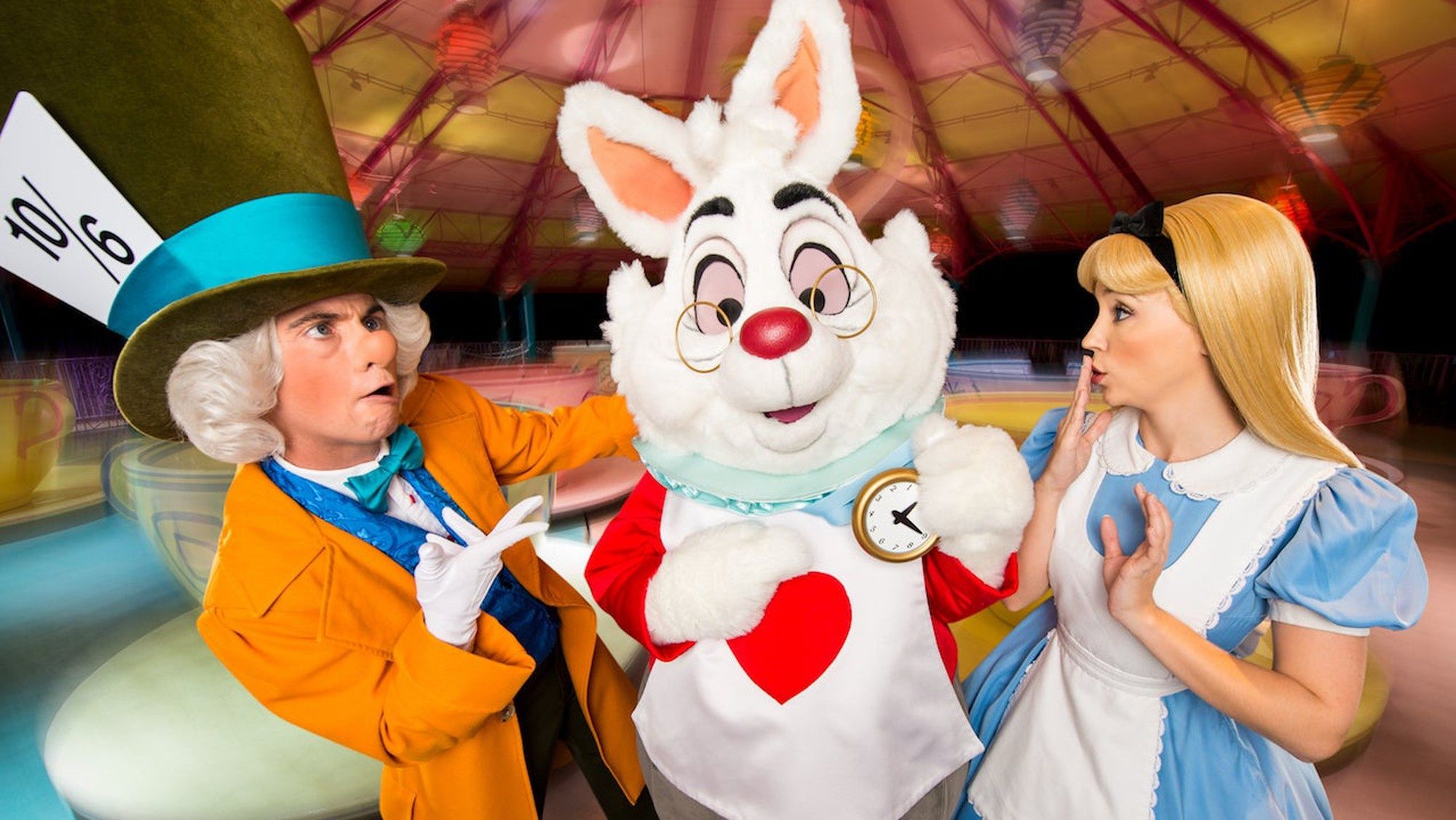Disney (DIS +0.49%) is moving forward with its plans to launch Disney+ in India through its Hotstar streaming service, despite the postponement of the Cricket World Cup. The big sports event, which draws hundreds of millions of viewers, would have been a huge launchpad to attract premium subscribers. Even so, Disney is set to overtake the global streaming video leader, Netflix (NFLX 1.96%), on launch day April 3.
Disney+ in India will be far different than the service in other parts of the world. In India, it's Disney+ Hotstar, which will capitalize on the hugely popular streaming service Disney picked up in its acquisition of 21st Century Fox last year. The 3 million-plus premium subscribers will instantly see their accounts upgraded to include new Disney+ content. That will put it well ahead of Netflix, which has around 2 million subscribers in the country.
Disney+ Hotstar VIP will increase the price from 365 rupees (about $4.78) per year to 399 rupees ($5.23) and add Marvel films and other Disney movies to Hotstar's catalog of sports and original productions. Disney+ Hotstar Premium will cost 1,499 rupees ($19.63) per year compared to 999 rupees ($13.09), and add all of Disney+'s content to Hotstar's lineup of American movies and television shows from HBO, Showtime, and Fox.

Image source: Disney
Undercutting the competition
Disney made a strong debut in the United States through a combination of its superior brand appeal and its relatively low price. A Disney+ subscription can be had for less than half the price of a standard Netflix subscription.
Disney's pricing in India is taking the same approach. The 499-rupee increase in a Hotstar Premium annual subscription is less than half the price consumers will pay for Netflix's cheapest plan in India -- its 199 rupees per month mobile-only plan. Plus, subscribers can watch Disney+ Hotstar on any device!
If Disney+ is a deal in the U.S. and Western Europe, then Disney+ Hotstar Premium is a no brainer -- even for India's price-sensitive consumers.
While Disney's content breadth is a concern in other markets, that's certainly not the case in India. Netflix is investing hundreds of millions of dollars in content for Indian audiences, but Disney already has some top content. Its crown jewel, Indian Premier League cricket, attracts huge viewership, setting new records for simultaneous streams every year. Not to mention its existing deals to license popular American TV shows and Bollywood movies.
Disney's strategy of offering incremental value through HotStar should make the streaming service even more formidable. It's similar to the company's bundling strategy in the United States, which Disney's subscriber numbers suggest has been a great success for attracting incremental subscription revenue. ESPN+ notably ended the first quarter with 6.6 million subscribers, up from 3.5 million at the end of the fourth quarter. Even with high-price sensitivity among India consumers, the company is likely to see strong uptake on the new offerings that include Disney+ content.
The best billboard money can't buy
Aside from the great value Disney's pricing offers subscribers, Disney has a unique advantage over the competition. It'll be able to advertise the new Disney+ offerings to Hotstar's 300 million monthly active viewers.
Netflix has a similar advantage when it's launching a new series or film. The ability to preview its latest title right when you log into Netflix can have a profound impact on viewership and often lead to Netflix capturing the cultural zeitgeist (see Netflix's compelling new documentary Tiger King).
Thanks to priority access to display advertising opportunities with its target audience, Disney should see strong uptake on the new Disney+ package among Hotstar streamers. Combined with the value it's offering, this advantage should propel Disney+ subscriptions higher and drive marketing efficiency in the country.
The impact on Disney's bottom line
Disney is able to offer such great value in markets like India because the marginal cost to serve its viewers is relatively small. Rather than producing content specifically for Indian audiences like Netflix, it's relying on the global appeal of Disney's back catalog. The company already has the streaming infrastructure in place to offer Disney+ through Hotstar. And customer acquisition expenses should be relatively small thanks to its aforementioned built-in advertising advantage.
As such, investors should see that reflected in Disney's bottom line. While Disney may report a significant decline in Disney+ average revenue per user when it reports its updated user count at the end of its third quarter, it should see improved profitability as it drives incremental revenue from mostly fixed costs.







